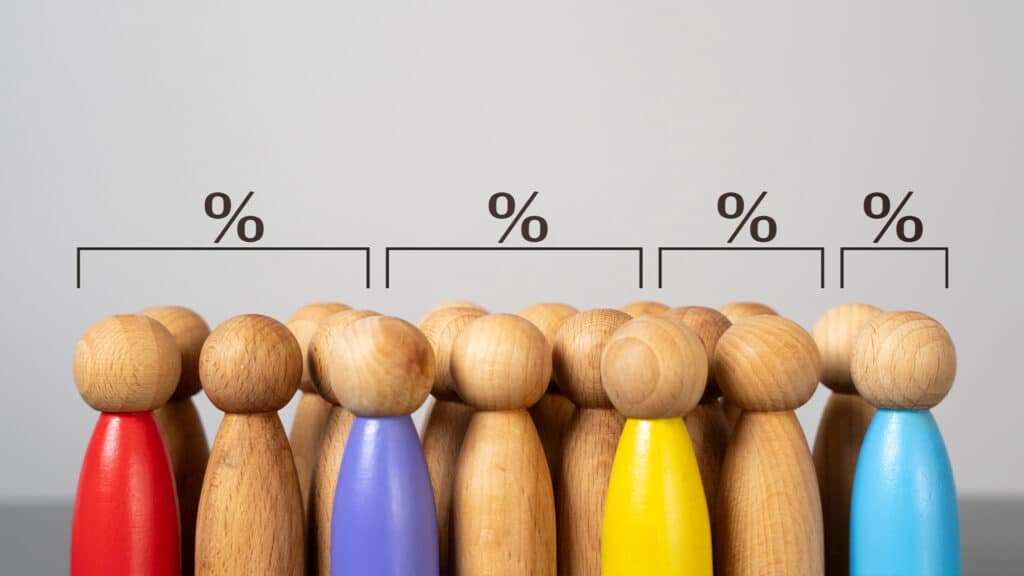Aging population threatens Kazakhstan with potential demographic crisis by 2050

Kazakhstan is aging rapidly. According to findings from Kazakhstan’s Unified Accumulative Pension Fund, every fifth citizen will be over 60 by 2050, imposing a significant burden on the pension system amid the country’s declining birth rate.
As of Jan. 1, 2025, Kazakhstan’s population was estimated at over 20.3 million. People under 25 accounted for 42.8% (8.7 million), those aged 25 to 65 made up 48% (9.7 million), and citizens over 65 comprised 9.2% (1.9 million). Forecasts suggest that the country’s population will reach 26.3 million by the end of 2050.
The average life expectancy of a Kazakhstani national reached 75.44 years in 2024 (up from 70.23 years in 2021). The share of people over 60 rose from 9.7% in 2009 to 13.9% in 2024, with projections indicating it could reach 19% by 2050.
The total fertility rate, which indicates the average number of children a woman could potentially have during her lifetime, decreased from 3.32 in 2021 to 2.8 in 2024. The UN forecasts this indicator will further drop to 2.42 children per woman by 2050, reflecting a global trend.
The United Nations Population Fund foresees Kazakhstan’s migration balance reaching zero, meaning the number of immigrants and emigrants will be equal. This trend is linked to economic advancement, high workforce demand, a decrease in emigration rates and demographic growth in neighboring southern countries. After the COVID-19 pandemic, more people moved to Kazakhstan, marking a 2.7-fold increase in immigrants, while the number of emigrants decreased by 2.3 times.
The survey indicates that the ratio of employed people to retirees is shifting in favor of retirees. For instance, in 2012, 7.7 employed people supported one retiree, whereas in 2024, this number dropped to 5.2. According to forecasts, it will decline further to 3.4, meaning the economic and social burden on the working-age population will increase.

